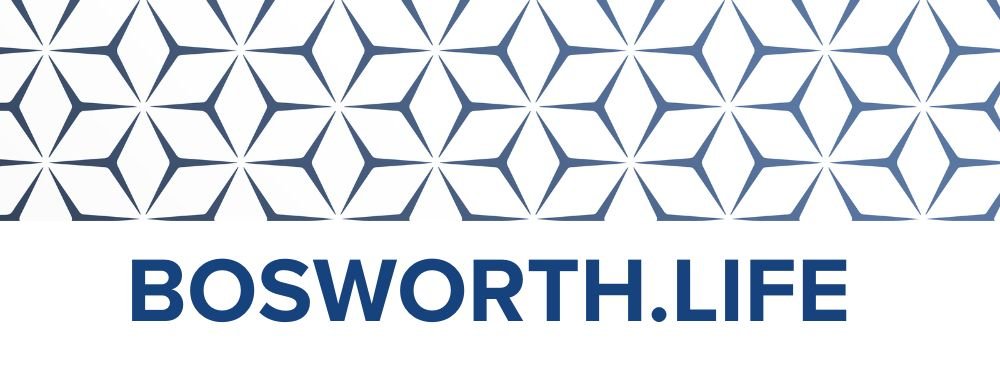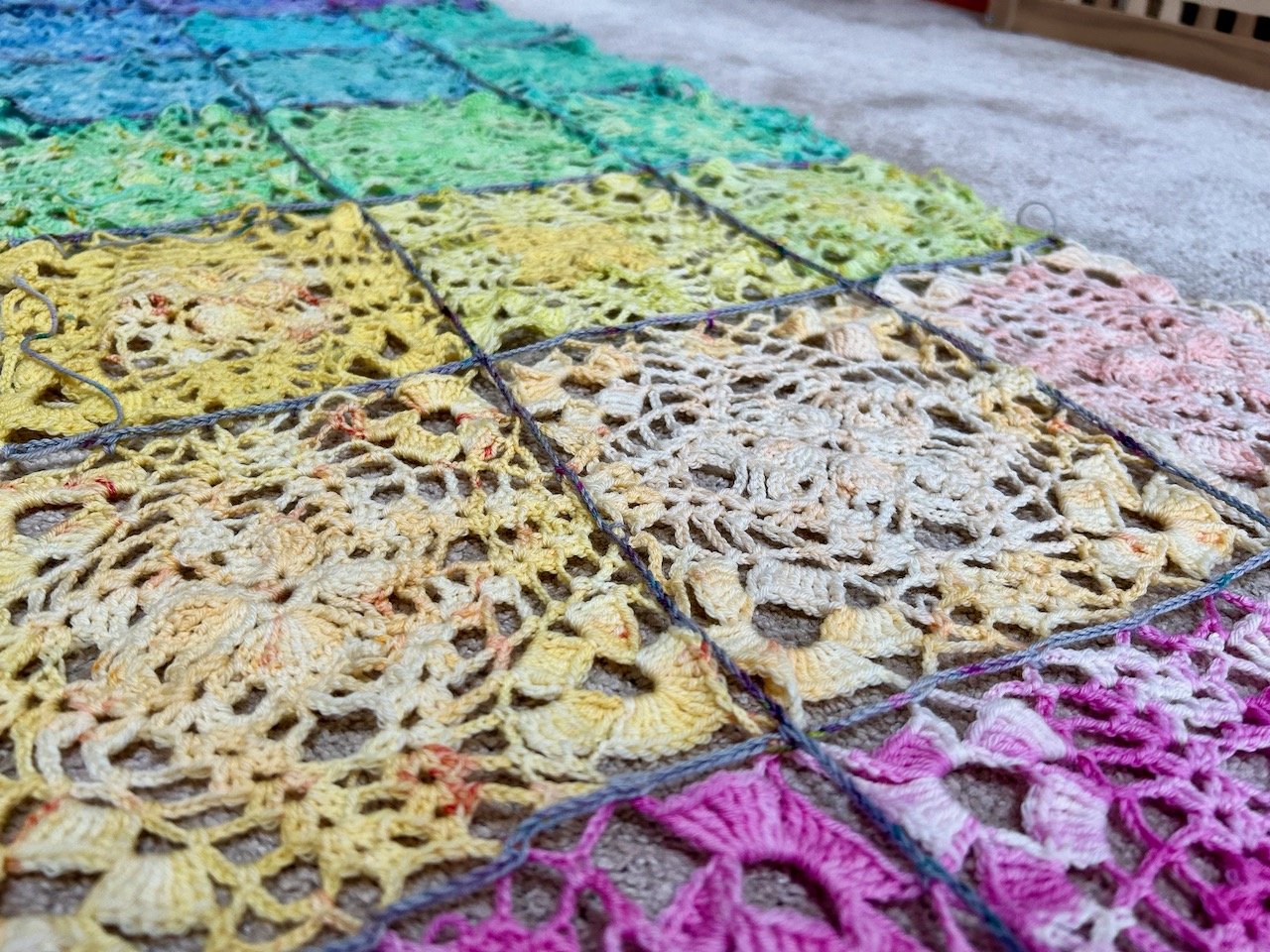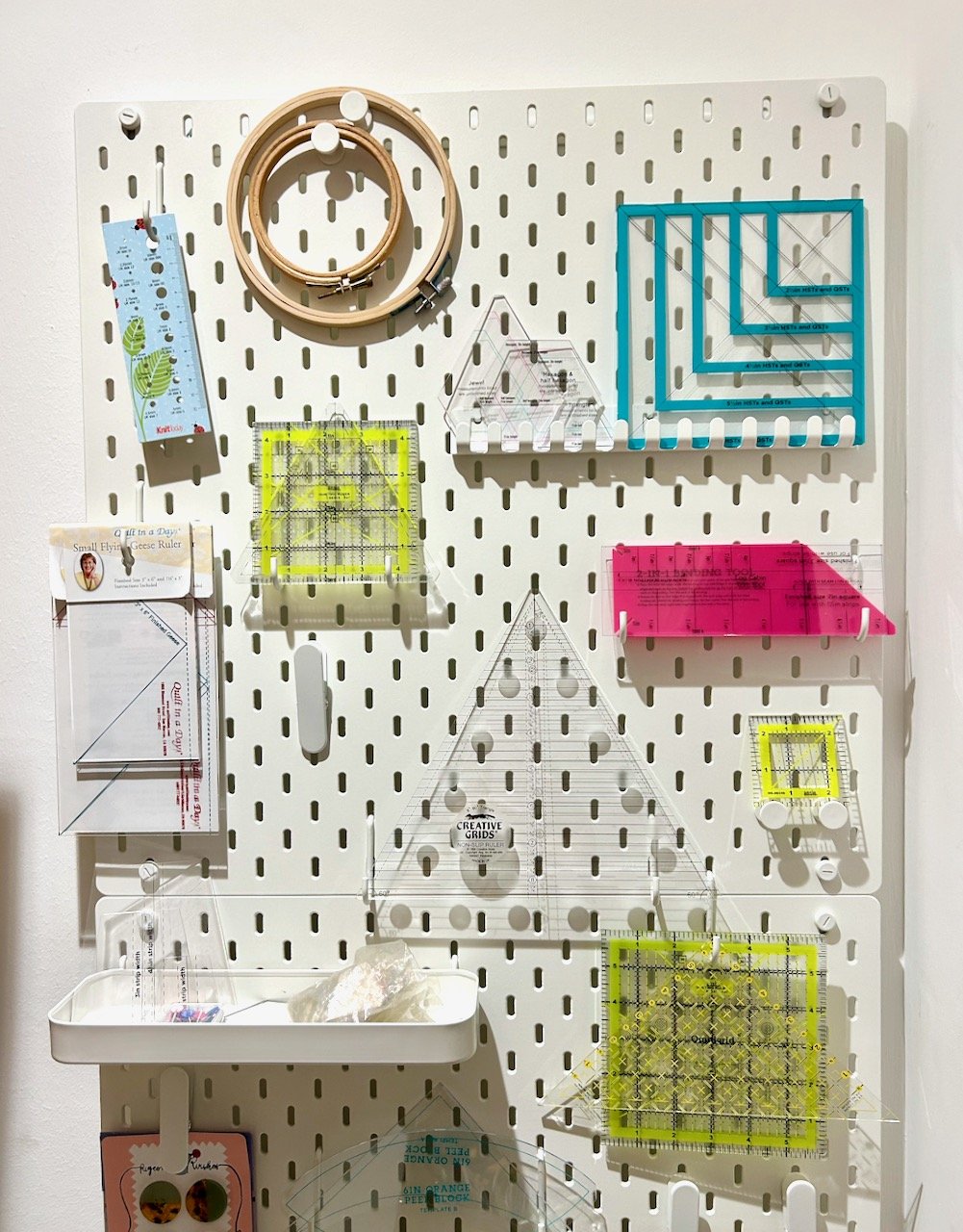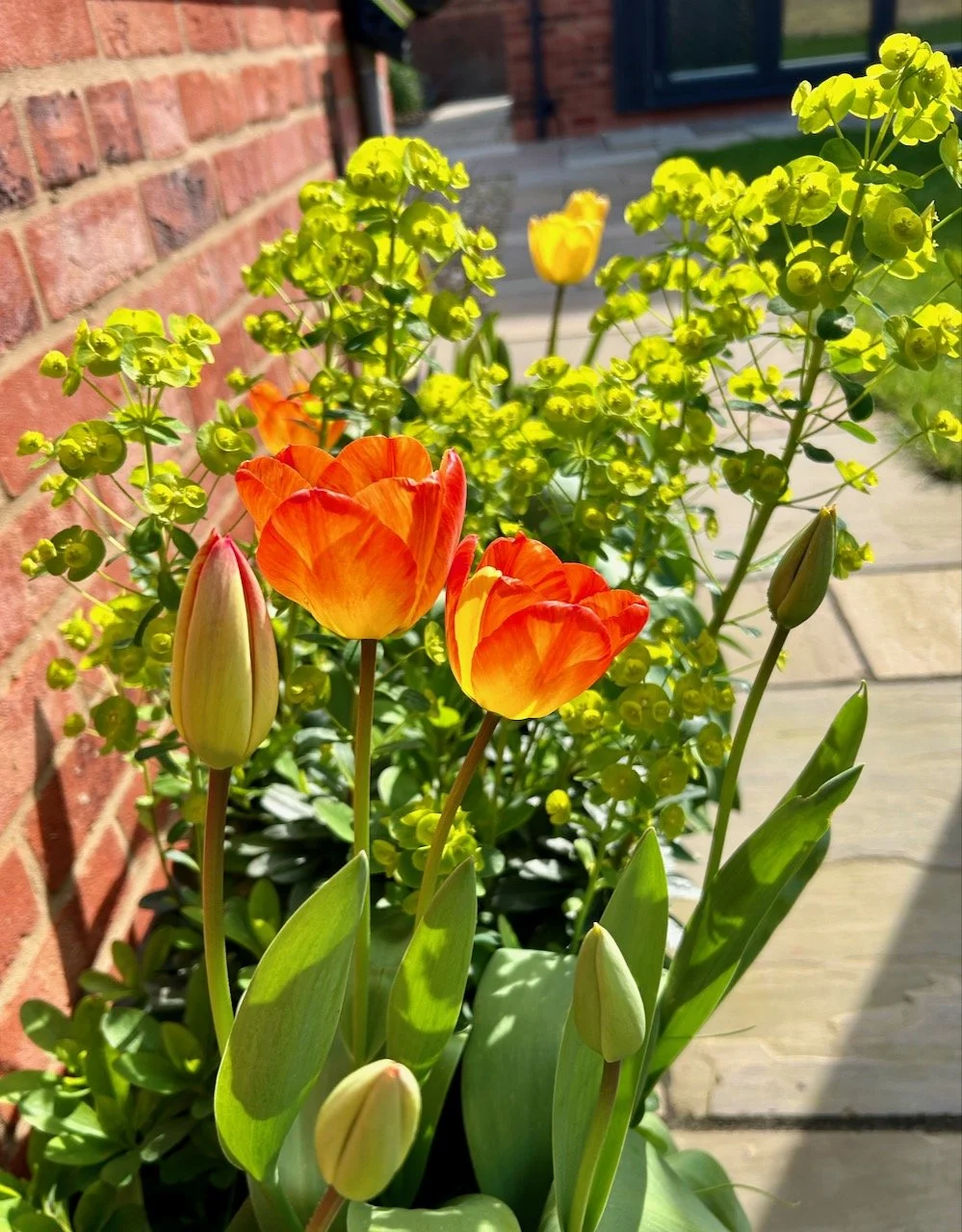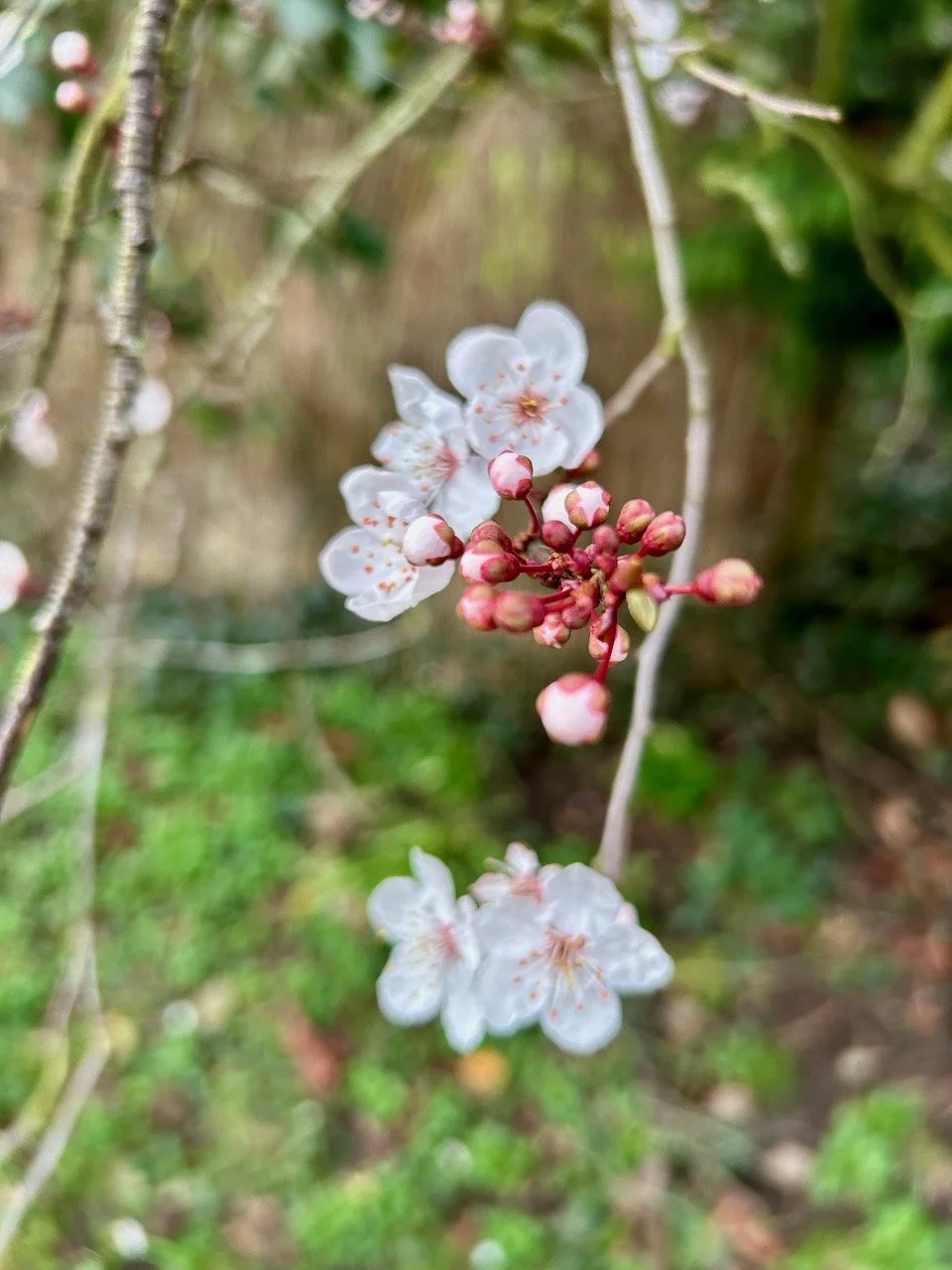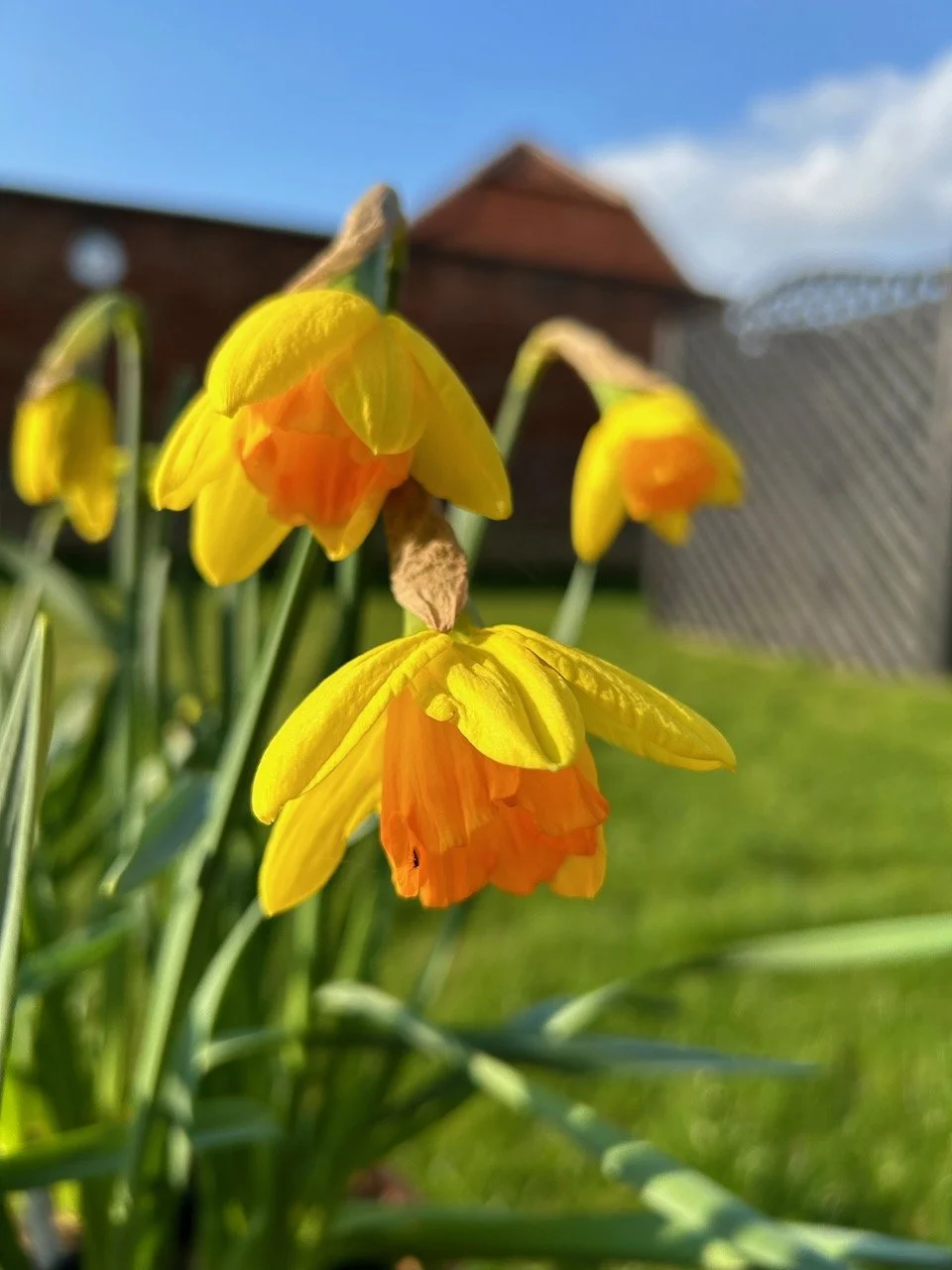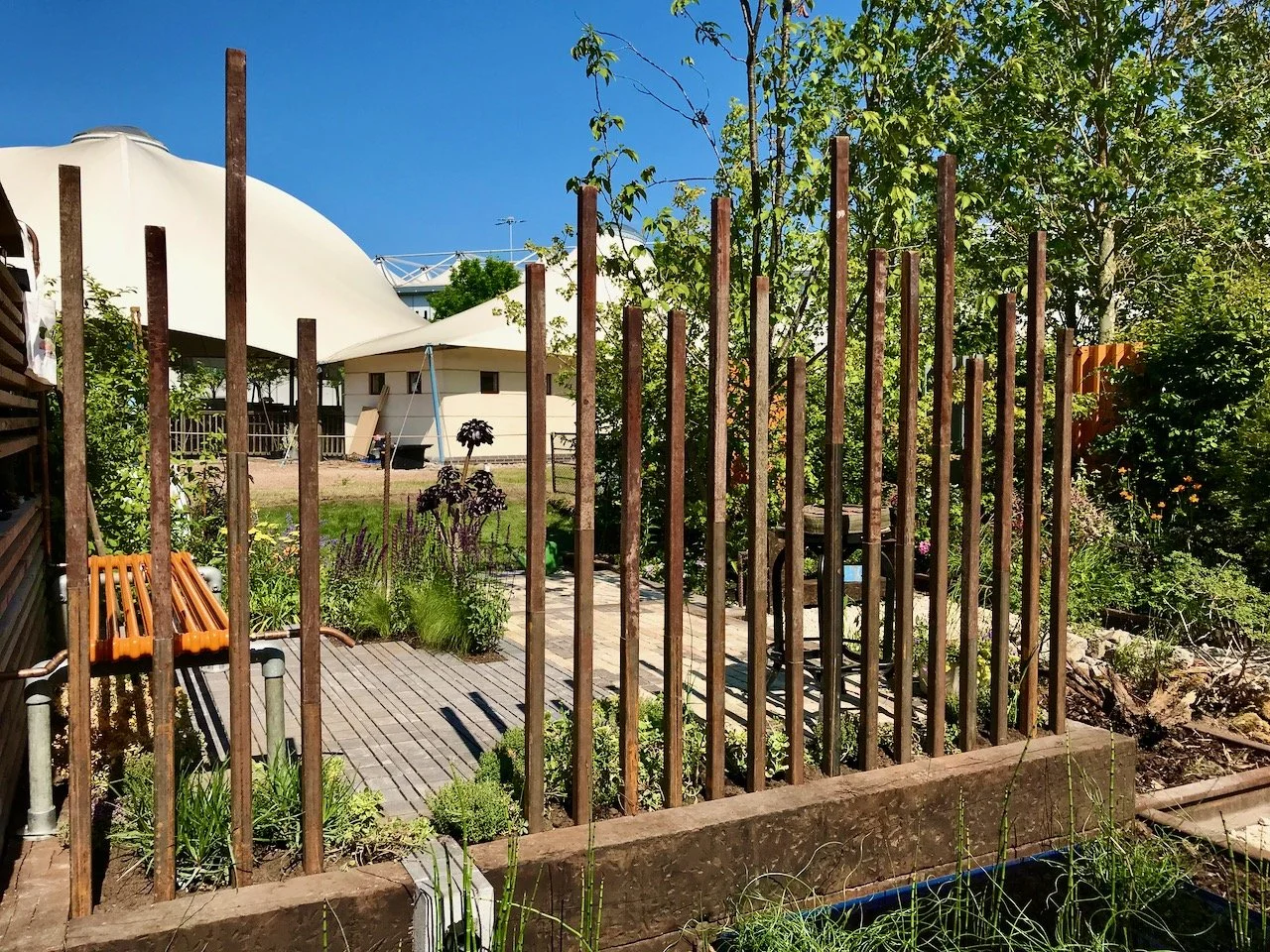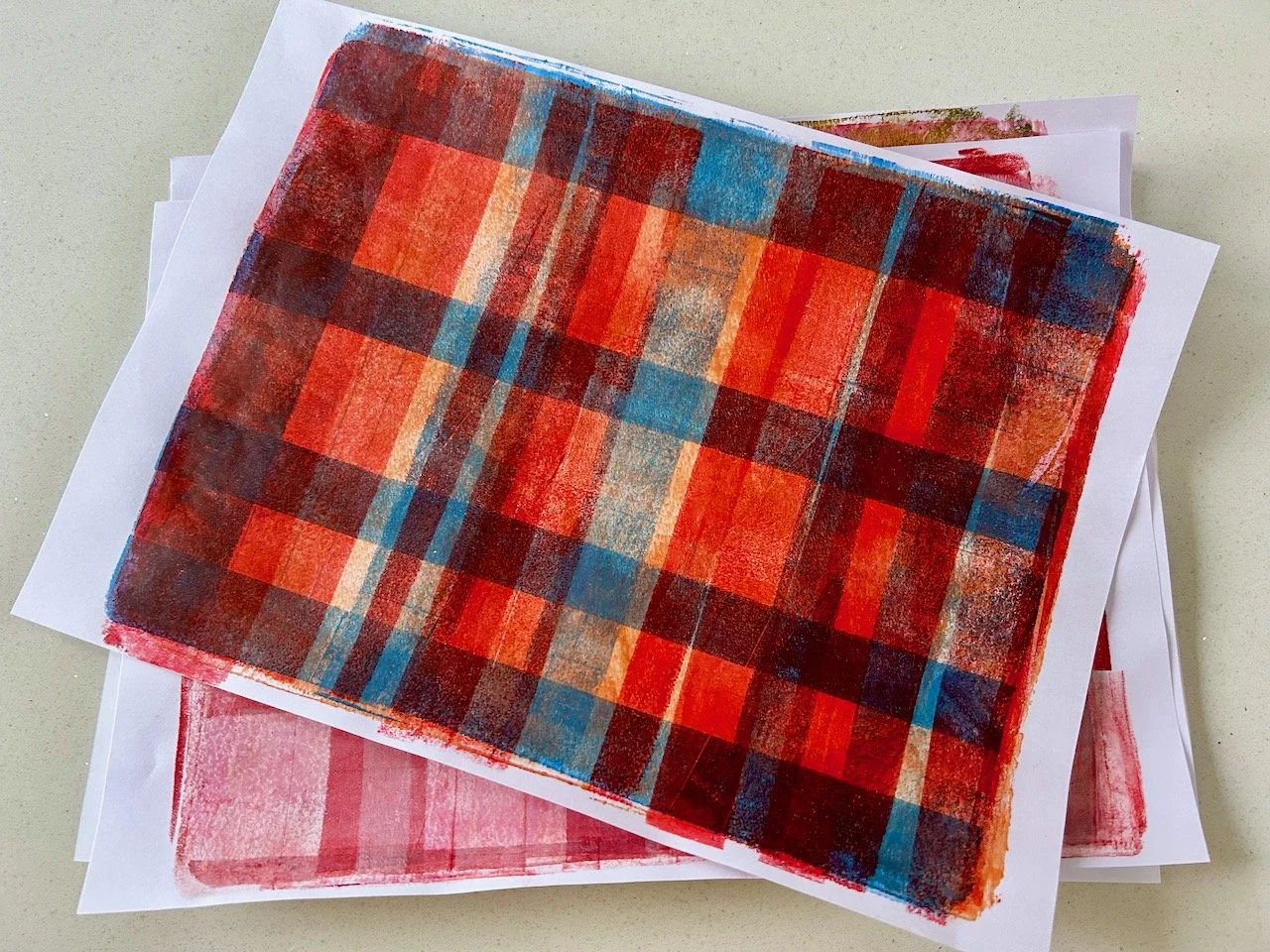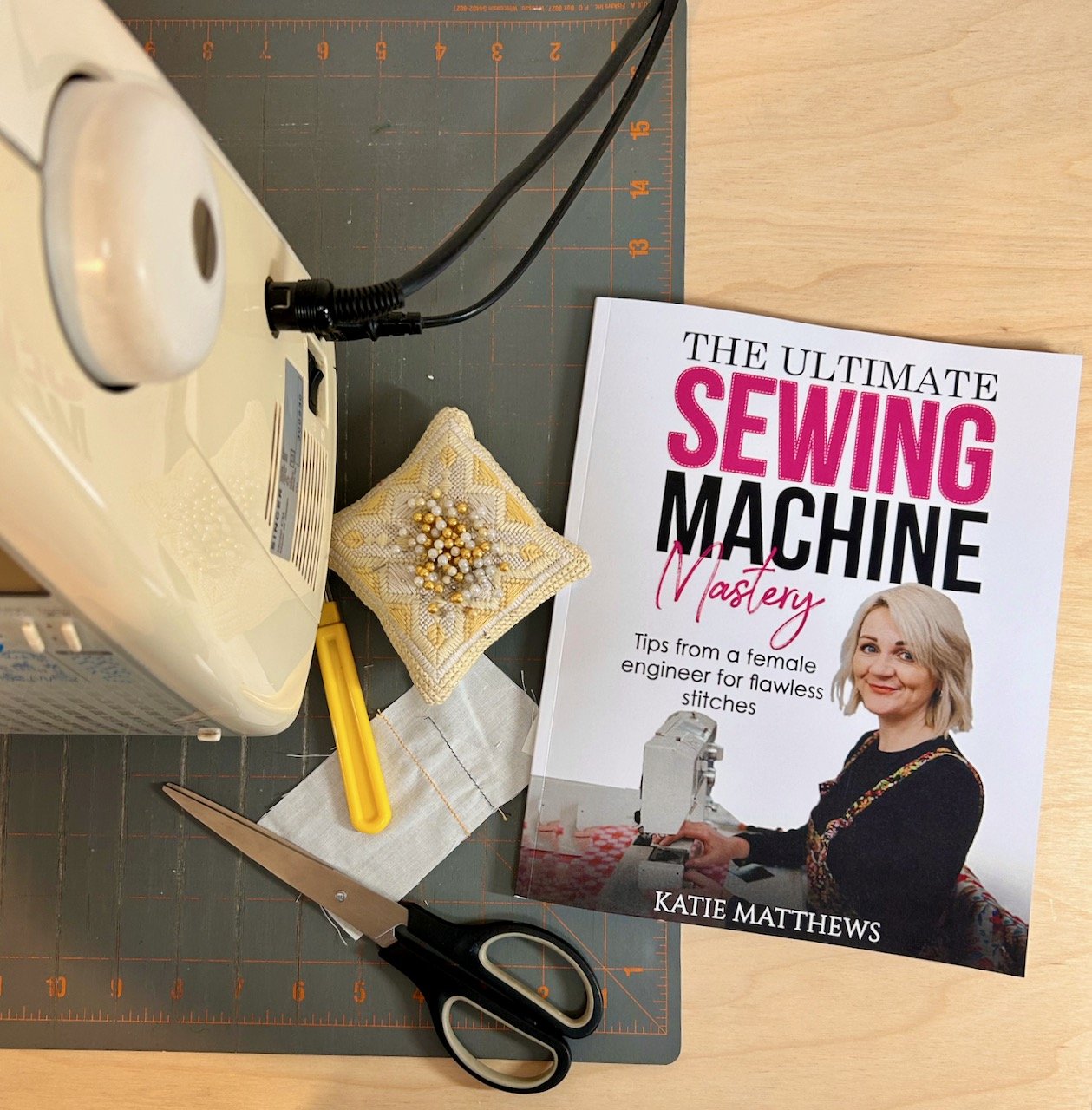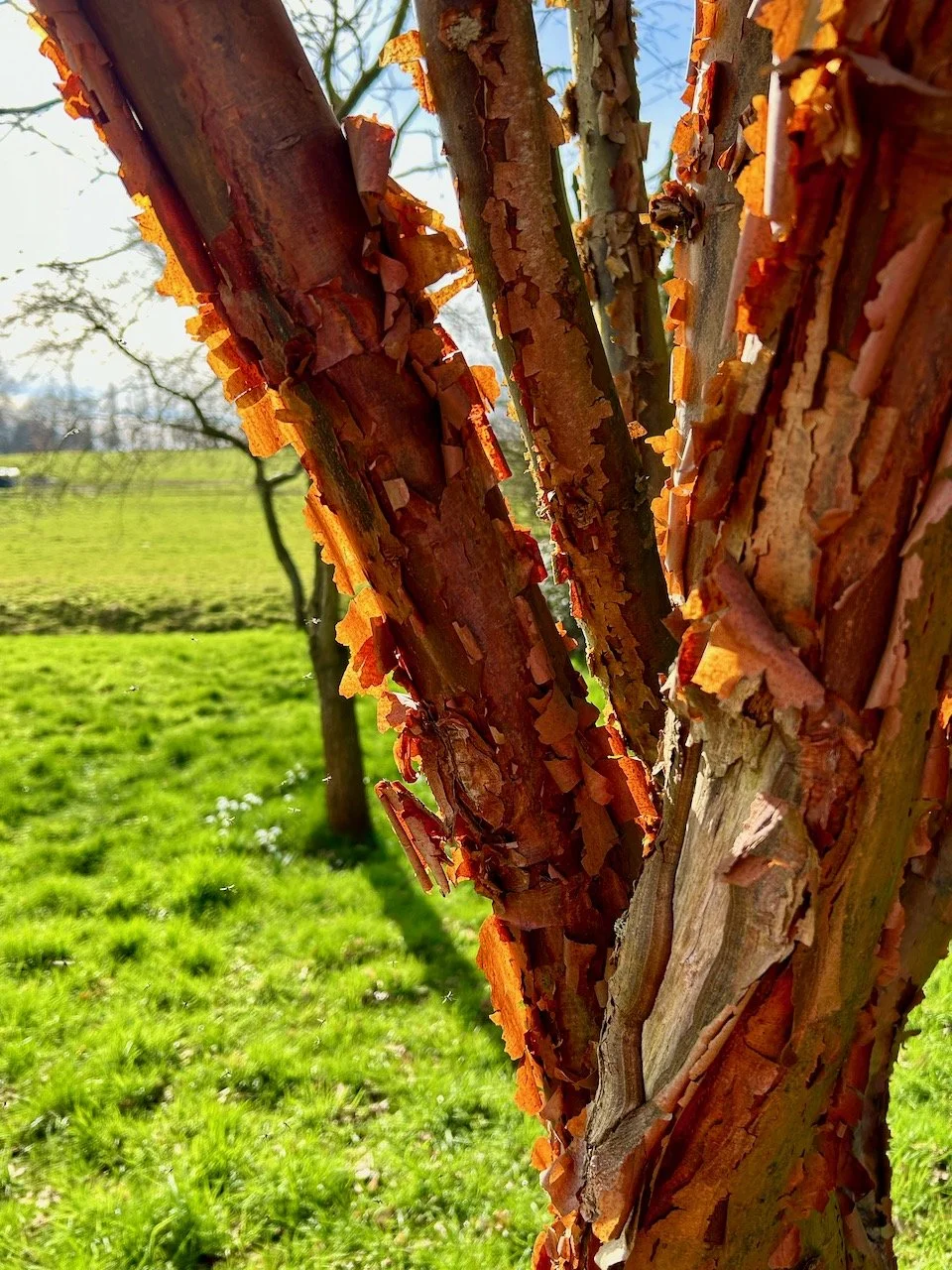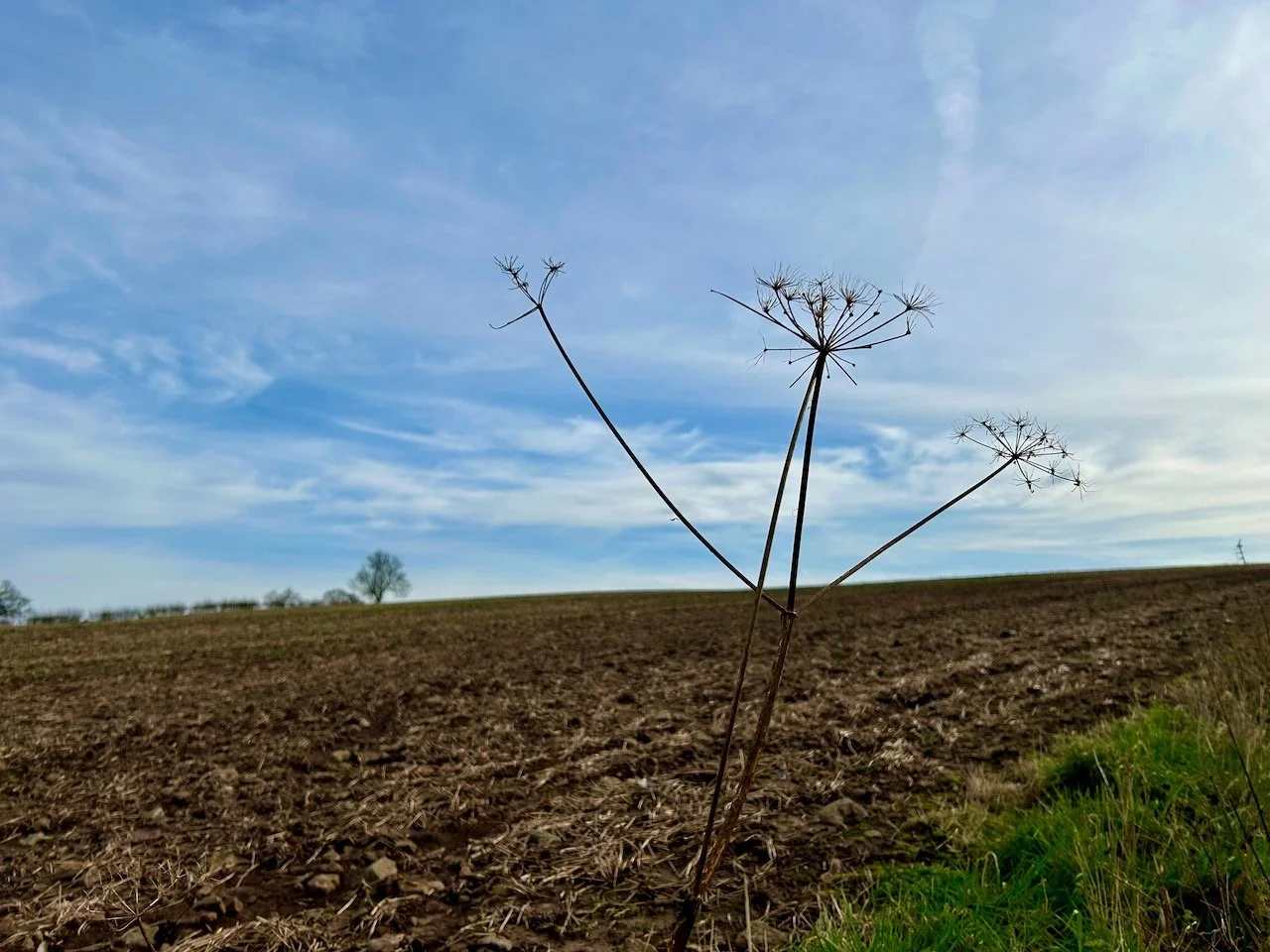THE FARADAY EFFECT "SHED"
So today I'm sharing pictures from "The Faraday Effect" housed at Trinity Buoy Wharf, and it's the museum in a shed that I've mentioned before.
When I said a shed, I really meant a shed. But it's a shed packed full of information and artefacts and like any shed you can only get one or two people in it at once before it gets crowded and you have to move carefully around each other.
It's probably one of the smallest museums I've ever been in and my photo ratio to museum size was huge!
Michael Faraday as you'll know was an English scientist who contributed to the fields of electromagnetism and electrochemistry. But he did this, and became one of the most influential scientists in history with little formal education. He's known for many things, including the Faraday effect which in 1845 was the first experimental evidence that light and electromagnetism were related as well as something much simpler which I have memories from school chemistry lessons, for inventing an early form of the Bunsen burner.
INSIDE THE SMALLEST MUSEUM I'VE VISITED
THE CEILING
A CLOSER LOOK AT THE CEILING
Now I don't profess to understand much of what he discovered, so I'm not going to share much of that here but nonetheless I found this shed absolutely fascinating. Partly for the artefacts on show and their scientific importance but also partly because they and the information about them were presented so well.
It's said that Faraday was able to convey his ideas in clear and simple language and I'm sure that contributed to his success. I mean if you're a ground-breaking scientist you're going to have to explain brand new ideas and theories to the uninitiated so you'll need to be able to explain it well!
It was at Trinity Buoy Wharf that Faraday spent time on projects such as the construction and operation of lighthouses and protecting the bottom of ships from corrosion. His workshop is still there today above the Chain and Buoy store next to the lighthouse which I shared pictures of in yesterday's post More from our visit to Trinity Buoy Wharf.
THE FARADAY LAMP
During the 1840's Faraday worked for Trinity House trying to improve the ventilation of gas powered lighthouse lanterns. The problem was how to stop the outer glass from becoming blackened by soot, thus reducing the light emitted. He developed a chimney which sent the products of combustion up the inner glass cylinder and then down between the inner and outer glass cylinders and away to an outside flue. This ingenious chimney was very successful and was installed in all lighthouses as well as other buildings such as the Athenaeum and Buckingham Palace.
- Taken from an information board beneath the Faraday Lamp.
TABLE OF ELEMENTS
And finally one of my favourite shots was the door, with its characterful grain and furniture - and after all the information I'd read inside the shed, for me it was the perfect ending.
So, Trinity Buoy Wharf was quite a find with so much to see, but I bet very few Londoners know about it let alone got close enough and visited it. If you're in Docklands it's really worth a visit.
